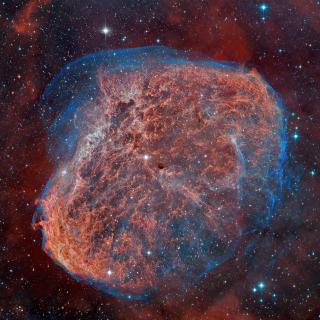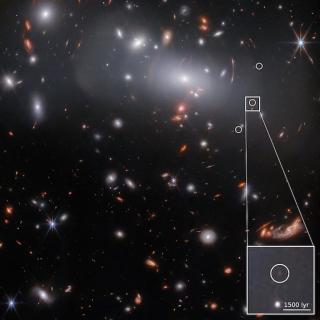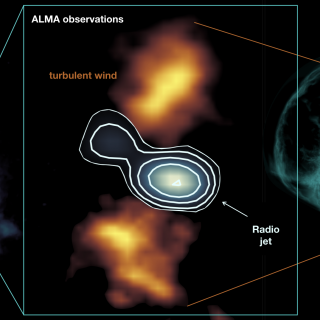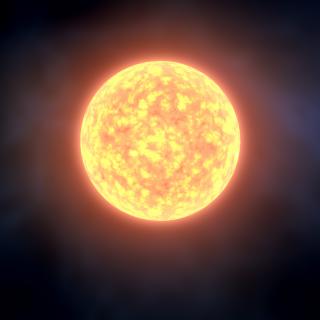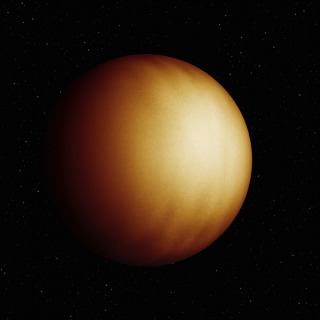
Using observations from the James Webb Space Telescope (JWST), an international scientific team, in which the Instituto de Astrofísica de Canarias (IAC) participates, has identified water vapour in the atmosphere of WASP-18 b, a massive extrasolar planet, a so-called hot Jupiter, with a temperature of around 2.700 °C. The result is published in the journal Nature. Exoplanet WASP-18 b is about 400 light-years from Earth, is 10 times more massive than Jupiter and has an orbital period of less than a day. Its extreme proximity to its star, its relative closeness to Earth, and its large mass
Advertised on

